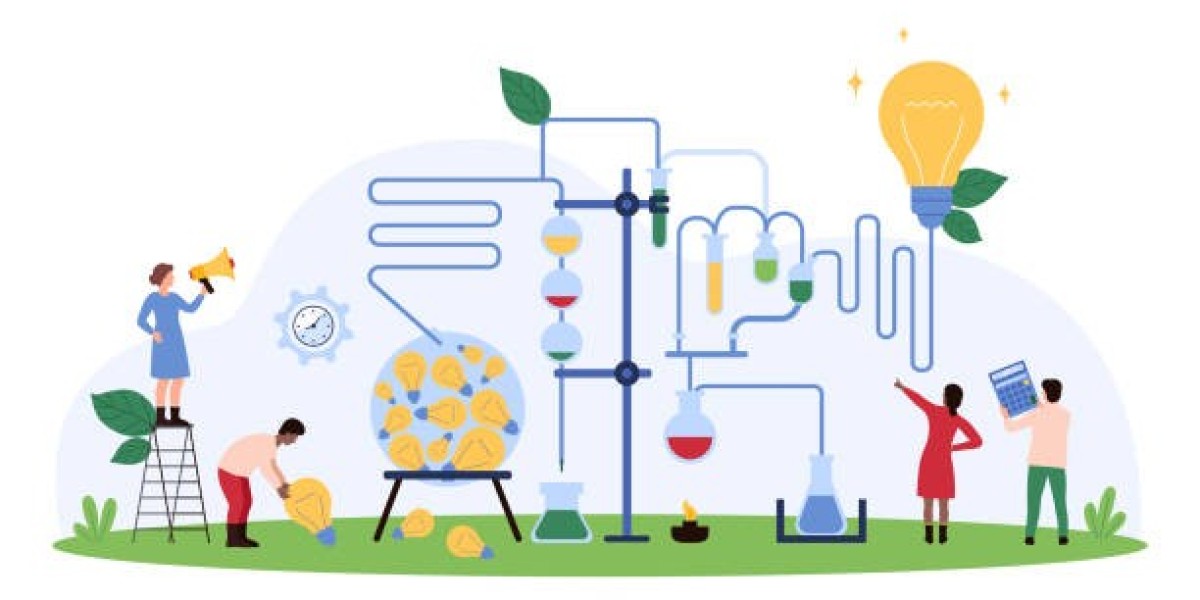Is Your Business Struggling with Inefficient IT Processes?
In today's fast-paced digital landscape, businesses can’t afford slow IT response times, mismanaged service requests, or frequent downtime. If your IT department is constantly firefighting instead of innovating, it's a sign you need a structured system in place. That’s where IT Service Management (ITSM) comes in.
What Exactly is IT Service Management?
IT Service Management (ITSM) refers to the strategic approach of designing, delivering, managing, and improving the way IT services are used within an organization. It’s not just about fixing tech issues—it's about aligning IT with business goals, enhancing customer experience, and creating value through structured processes.
Think of ITSM as the engine behind your IT support and infrastructure, ensuring every IT function—from incident management to asset tracking—is well-organized, trackable, and consistently optimized.
Popular ITSM frameworks include ITIL (Information Technology Infrastructure Library), COBIT, and ISO/IEC 20000. ITIL remains the most widely adopted framework globally due to its comprehensive guidance on IT service lifecycle management.
Request a Quote @ https://ess.net.in/it-service-management/
Why ITSM Matters—And What It Can Do for Your Business
Implementing ITSM can revolutionize your organization's performance in numerous ways:
Improved Efficiency
With standardized workflows and automation, ITSM minimizes manual work and human error. Your team can resolve issues faster, allocate resources smarter, and reduce unnecessary downtime.
Better User Experience
With clear communication, service catalogs, and SLAs (Service Level Agreements), end-users know what to expect and receive consistent support across departments.
Enhanced Compliance and Security
ITSM frameworks support policy enforcement, risk management, and regulatory compliance—critical for industries like finance, healthcare, and government.
Data-Driven Decision Making
Real-time dashboards and reporting give IT managers the insight to optimize service delivery, monitor performance KPIs, and plan budgets with confidence.
Scalability
As your organization grows, ITSM provides the foundation to manage increased service demand without compromising quality.
Contact us @ https://ess.net.in/contact/
Core Components of an Effective ITSM Strategy
To build a successful ITSM system, focus on these key pillars:
1. Incident Management
Quickly resolve unplanned service disruptions to restore normal operations with minimal impact.
2. Problem Management
Identify root causes of recurring issues and implement long-term fixes instead of temporary workarounds.
3. Change Management
Ensure smooth implementation of changes (new updates, hardware, configurations) without disrupting existing services.
4. Asset and Configuration Management
Track IT assets and configurations to reduce risk, maintain compliance, and manage lifecycle costs.
5. Service Request Management
Handle user requests like access rights, password resets, or software installations in a systematic, trackable way.
6. Knowledge Management
Document solutions, FAQs, and standard procedures in a centralized repository to empower both users and technicians.
7. Service Level Management
Define and manage service levels through SLAs to ensure customer satisfaction and accountability.
Start Your ITSM Journey Today
Whether you're a small business or an enterprise-level organization, embracing IT Service Management is essential for agility, innovation, and long-term growth. Here's how to get started:
- Assess your current IT processes and identify bottlenecks.
- Choose an ITSM framework (like ITIL) that suits your organization’s goals.
- Invest in ITSM tools such as ServiceNow, Freshservice, Jira Service Management, or BMC Helix.
- Train your IT staff on best practices, tools, and frameworks.
- Monitor and improve continuously—ITSM is not a one-time project but a continuous cycle of refinement.
About us
At ESS, we understand the intricate demands of the modern business landscape. As a premier Enterprise IT Solutions company, we are committed to empowering organizations with cutting-edge technology and innovative solutions. Our mission is to seamlessly integrate technology into your business processes, ensuring efficiency, scalability, and long-term success.
OUR CONTACT







